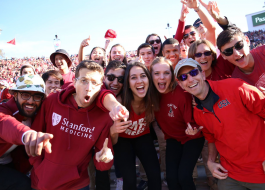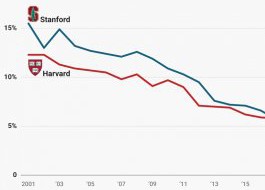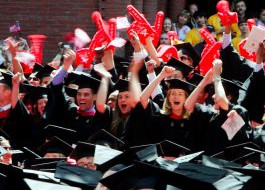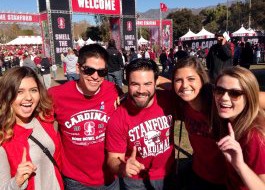 Linda A Cicero/Stanford University/Facebook
Linda A Cicero/Stanford University/Facebook
Stanford University's acceptance rate hit an all-time low for the class of 2020, with 4.69% of applicants accepted into the prestigious California-based school.
That means Stanford is the most selective college in the US, beating out all Ivy League institutions.
But while getting into Stanford might seem like a nearly impossible task, many other achievements in life — like acceptance into some elementary schools — are more difficult than earning a spot within the school's prestigious walls.
Ben Winsor and Christina Sterbenz also contributed to this story.
A spot at one of New York City's top elementary schools

The elementary admissions process in New York City is utterly grueling. Among exemplary schools, one stands out as the gold-standard: Hunter College Elementary School.
Each year, Hunter chooses 25 girls and 25 boys from all of Manhattan to be admitted to its incoming kindergarten class.
They're hand-selected from a pool of about 2,500 applicants, according to the website Inside Schools. That makes the acceptance rate for Hunter 2%.
A job as an NBC page

Landing an internship-like role in the National Broadcasting Company's page program is competitive to say the least. Famously, the character Kenneth Parcel was a page on 30 Rock.
For example, in 2016 there were 2,600 applicants for 120 positions, for a 4.6% acceptance rate.
The NBC page role is a year-long entry-level role where employees perform PR responsibilities among other tasks depending on their department.
A spot at an innovative startup college
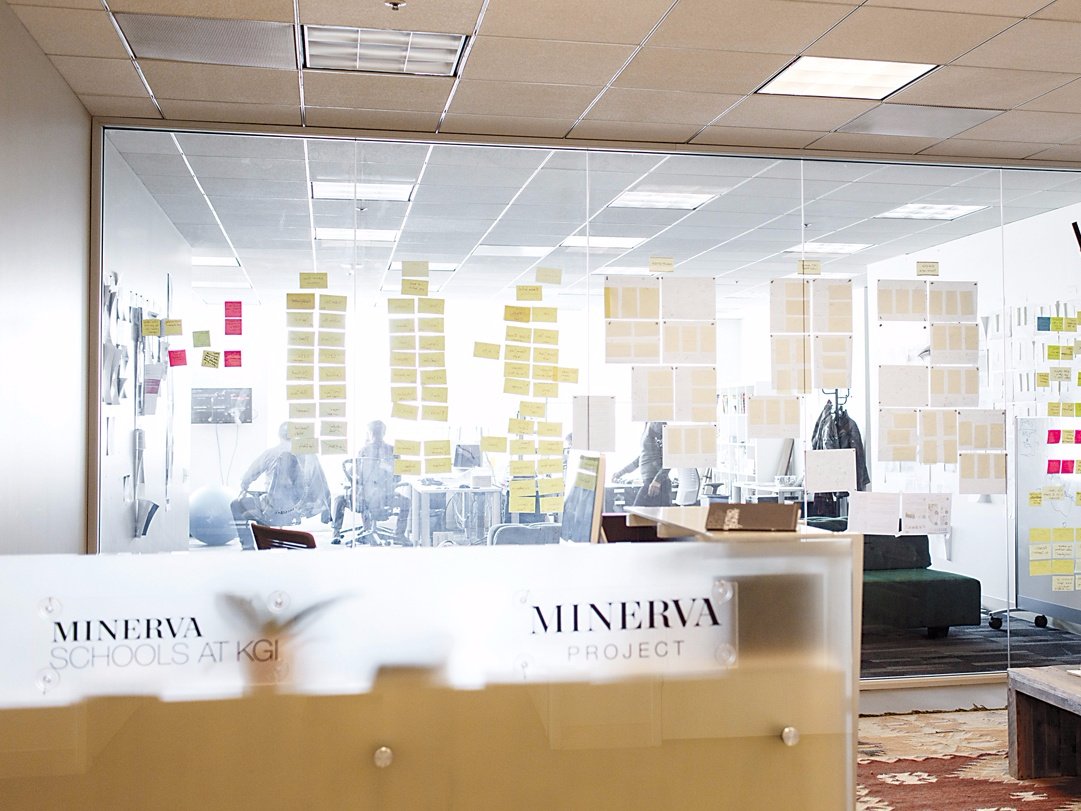
College startup Minerva Schools has received 16,000 applications for 306 available places this year, the Financial Times reported.
Its model vastly differs from four years of school at other prestigious colleges. Students don't stay in one place during their four-year education.
They spend time in up to seven residence houses in San Francisco, California; Berlin, Germany; Buenos Aires, Argentina; Seoul, South Korea; Bangalore, India; Istanbul, Turkey; and London, England.
At 1.9%, the acceptance rate for the unconventional college is far lower than at Stanford.
The American Dream
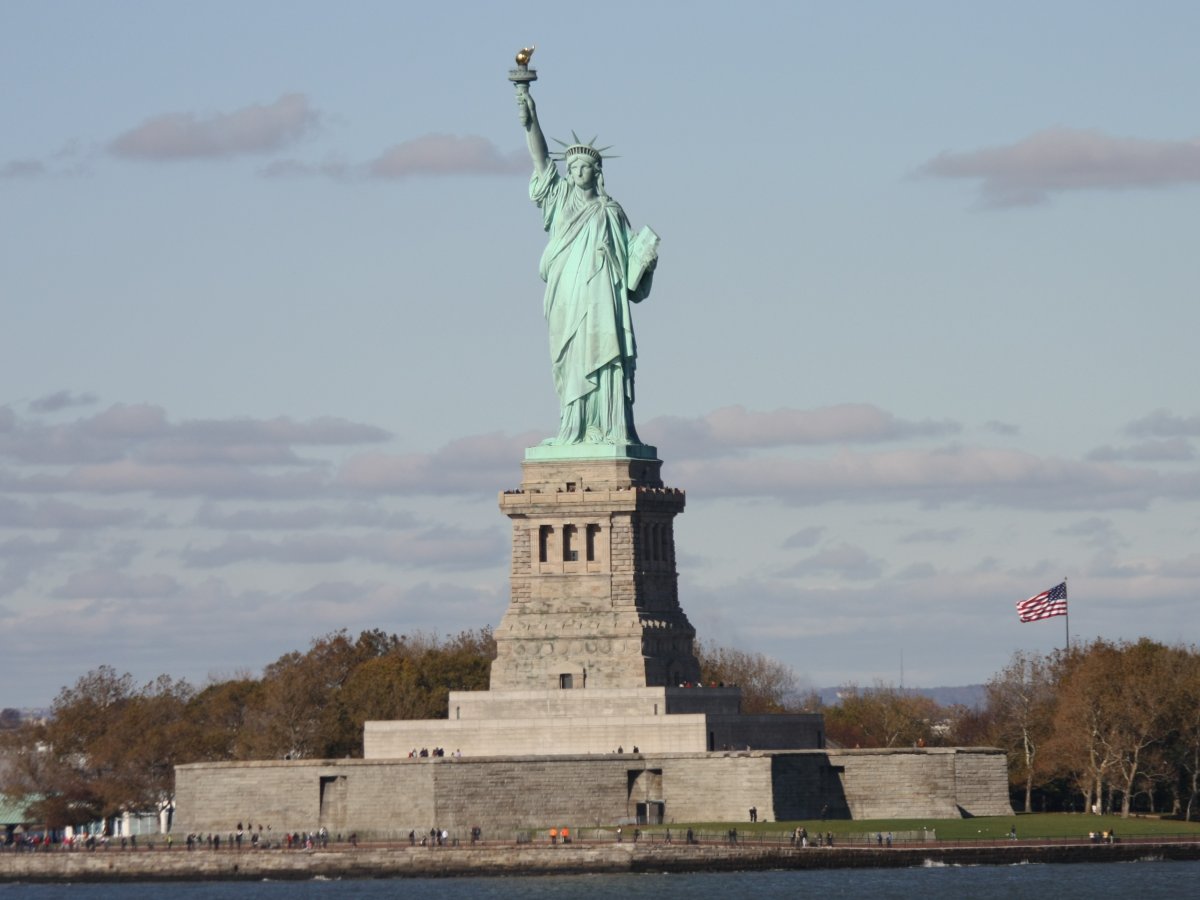
A report from researchers at Harvard and Berkeley Universities shows that in many major US cities, it's very hard to achieve a rags-to-riches success story.
The report analyzes the number of people who were born into the lowest income quintile but ended up in the highest income quintile. The results don't bode well for upward socioeconomic mobility.
The chances were below 5% in Atlanta, Georgia; Charlotte, North Carolina; Jacksonville, Florida; Columbus, Ohio; Dayton, Ohio; Milwaukee, Wisconsin; and Indianapolis, Indiana.
Even at the top of the list, people in San Jose, California, showed just a 12.9% chance of living the American dream.
NASA's class of 2017
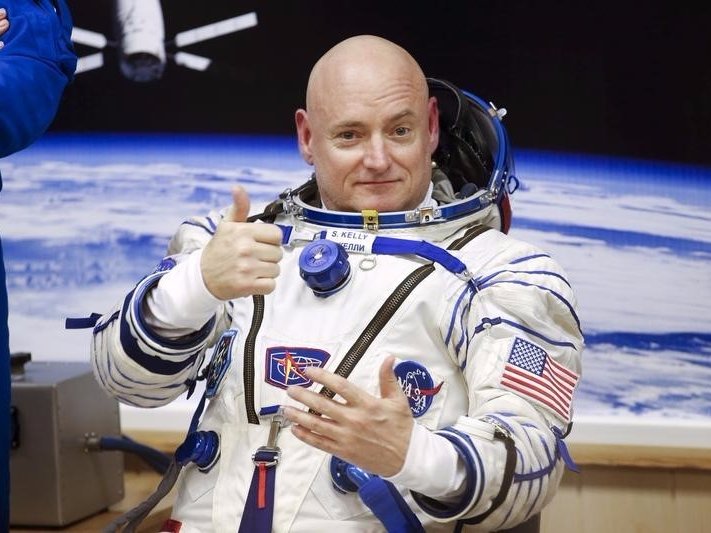
The NASA class of 2017 received 8,300 applications this year for less than 15 slots. That means if 14 people are selected, the acceptance rate will be .08%, Business Insider reported.
"Applications opened Dec. 14, and closed Thursday, but that is just the beginning of an 18-month process that will end with the selection of 8-14 individuals for the opportunity to become astronaut candidates," the official press release explained in February.
A competitive music institute in Philadelphia
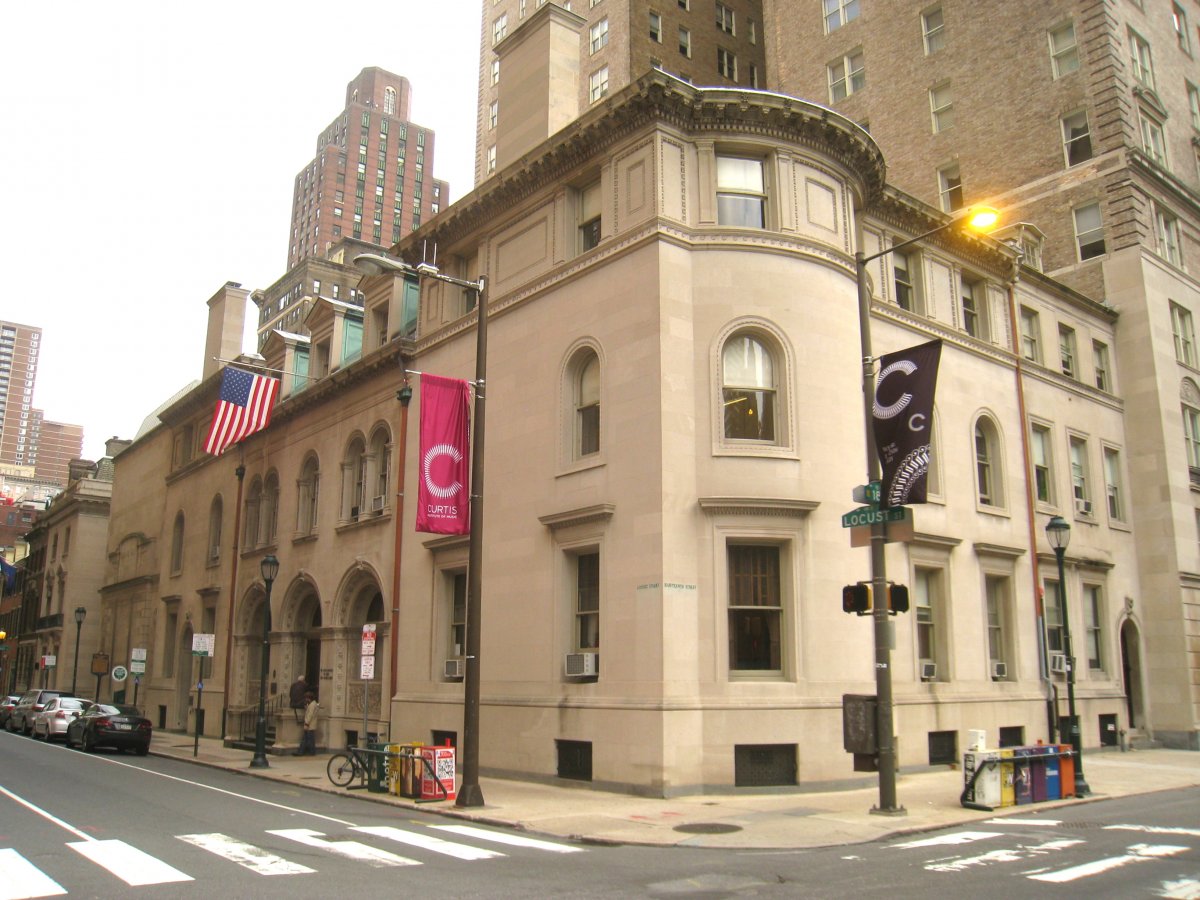
The Curtis Institute of Music in Philadelphia has an even lower acceptance rate than Stanford, as US News & World Report previously noted.
Curtis has an acceptance rate of around 4% and considers itself more of a conservatory than a traditional university.
A job at Citadel
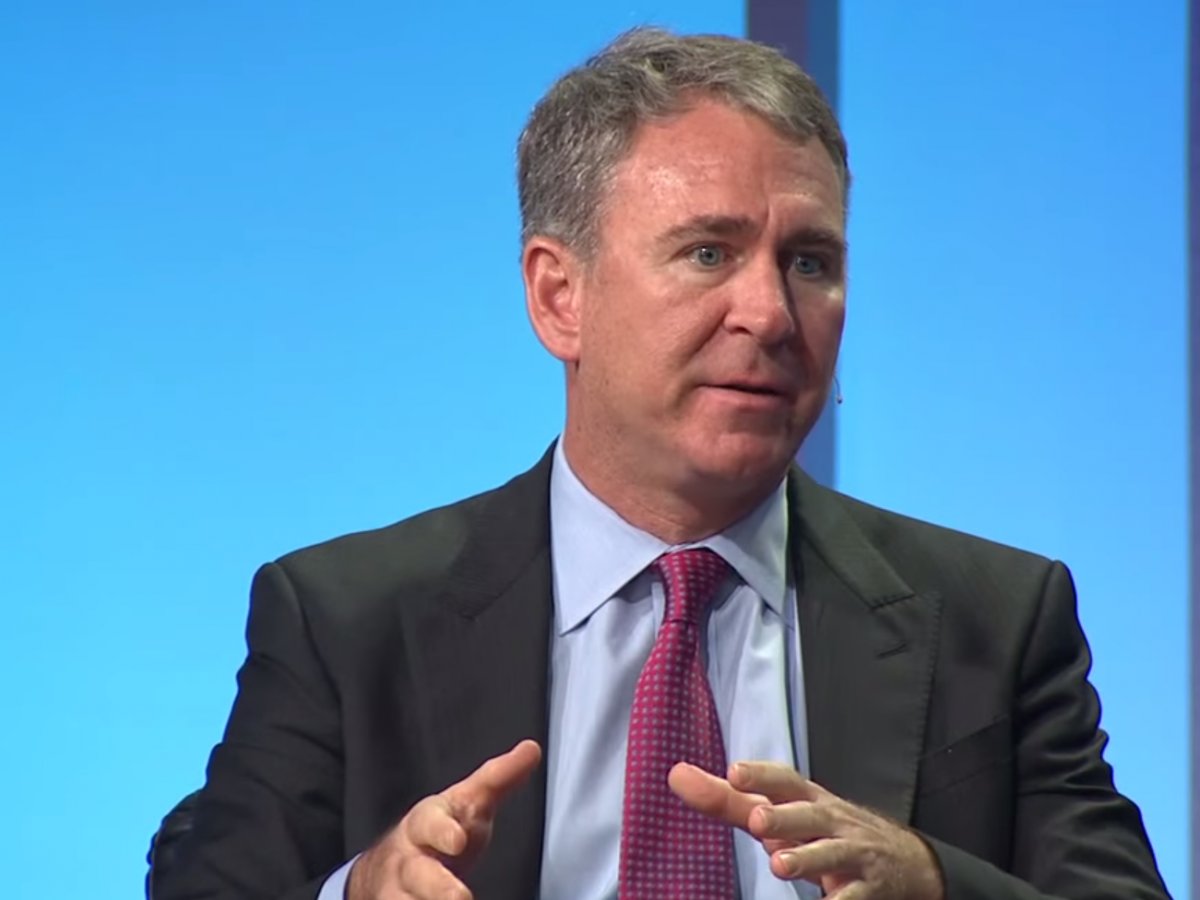
Landing a job on Wall Street is notoriously hard.
But gaining employment at hedge fund giant Citadel seems to be nearly impossible.
Founder and CEO Ken Griffin noted on CNBC that the hedge fund planned to interview 10,000 candidates to fill 300 job openings in 2015.
That equates to a mere 3% acceptance rate.
The top 50 posts on a friend's Newsfeed
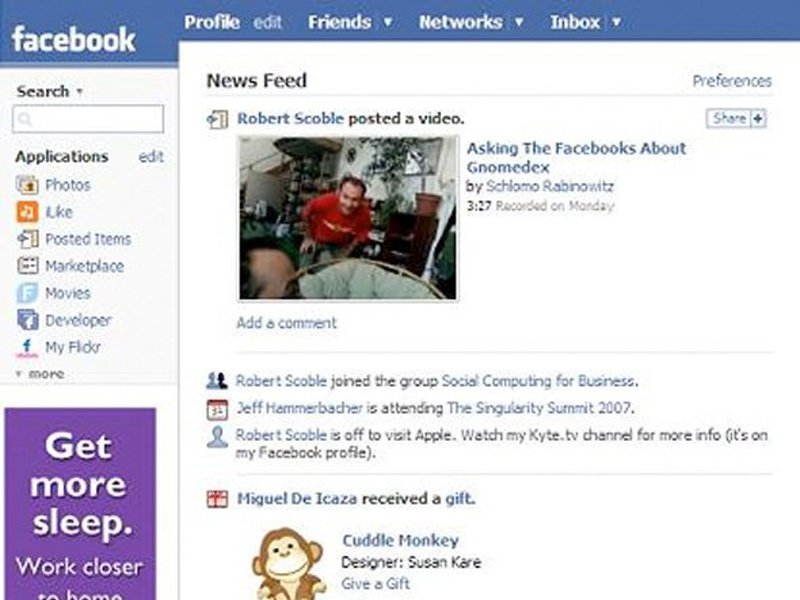
When Facebook compiles your Newsfeed, it chooses from roughly 1,500 different posts.
The company uses an algorithm based on the popularity and relevance of posts, along with other factors, to decide what goes where.
As a result, there's a 3.3% chance a certain post finds its way into the top 50 stories on someone's Newsfeed.
If you want to boost your chances, posts with photos do far better than links or text-based posts.
The Secret Service
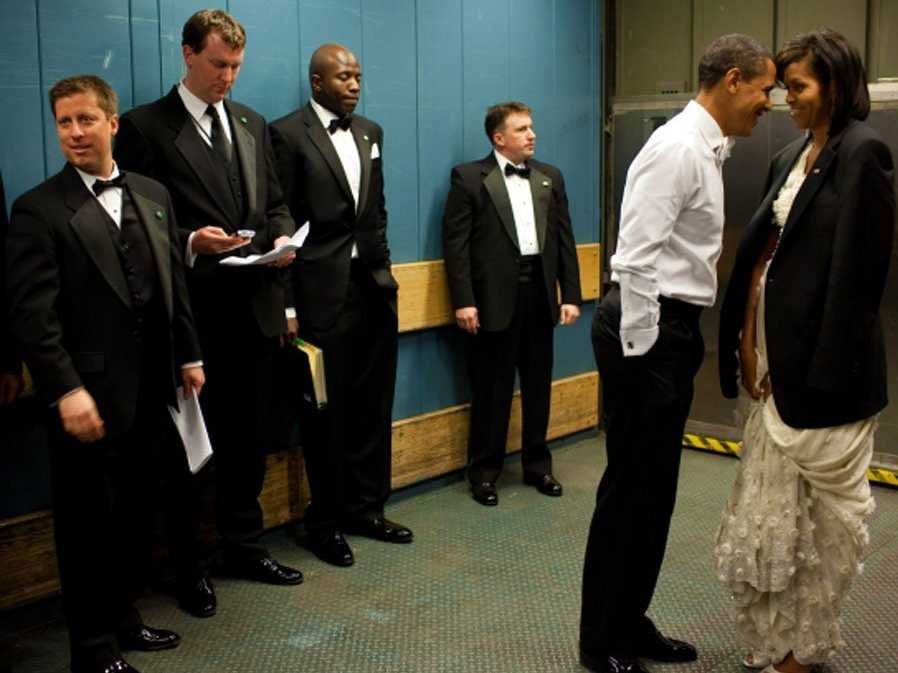
Protecting the president of the US isn't a job for any run-of-the-mill bodyguard or security detail.
The full responsibilities of the Secret Service are, well, secret, but agents remain with the president and his family 24 hours a day, seven days a week. Other important government officials, like the vice president and his or her family, also receive protection, usually even after they leave their positions.
For these reasons, the Secret Service accepted less than 1% of its 15,600 special-agent applications in 2011, Bloomberg reported.
A green card
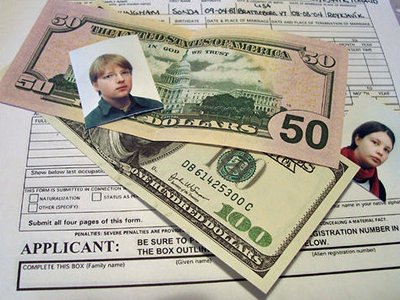
Up to 15 million people apply to the US green card lottery every year, all hoping for a chance at a life in America, The Wall Street Journal has reported.
But only about 50,000 green cards are available.
The odds of obtaining a green card (known officially as a Diversity Visa) vary depending on the applicant's region. If you're not from Australia, New Zealand, or a Pacific island, the odds aren't good.
Fewer than 2% of applicants around the world end up getting a Visa. The rate is about 6% in Oceania — because of fewer applications and relatively higher quotas.
The Indian Institute of Management
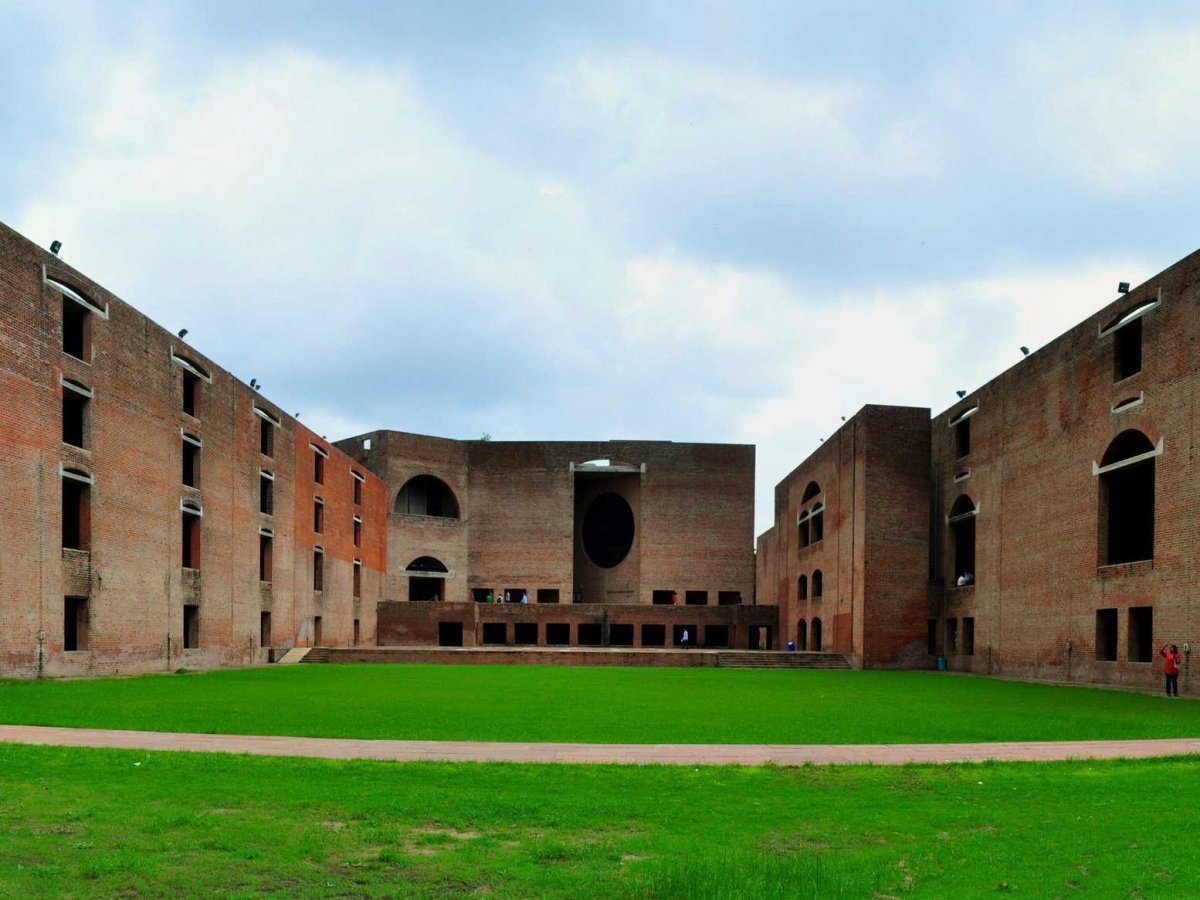
While Stanford lets in about 4.7% of applicants, not even 1% get accepted to India's top business school, Bloomberg Businessweek reported in 2013.
The Indian Institute of Management in Ahmedabad (IIM-A) received 173,866 applications for its 2012-2014 class. The university has the luxury of being extra choosy because of India's large population and the vast number of students with outstanding grades and test scores.
The ranks of successful startups
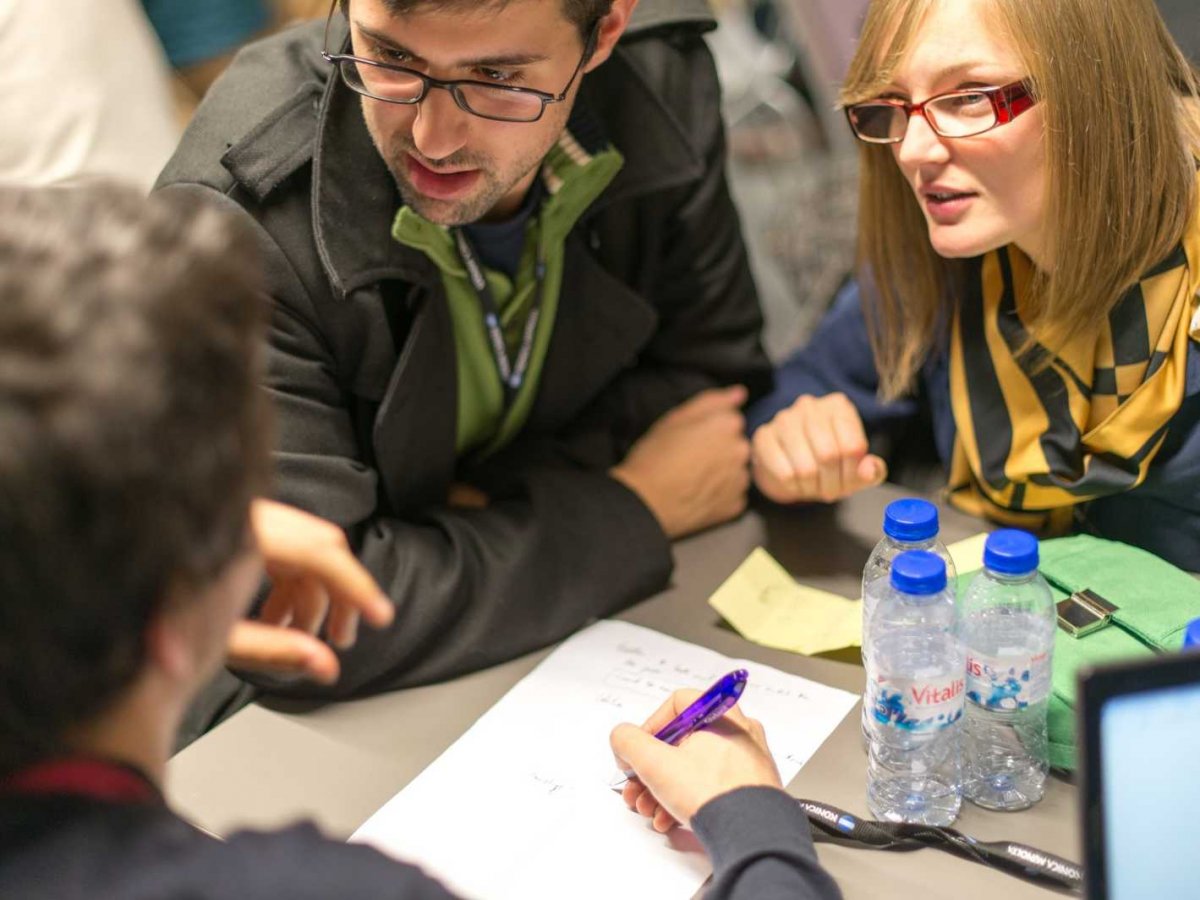
Foursquare's Michael Li began work on another startup in 2014: The Data Incubator.
It's essentially a boot camp for data scientists. While many programming Ph.D.s have solid research skills, few can meet the pace of a startup. They need training.
While Data Incubator hasn't released specific statistics on its inaugural classes, Li wrote on Quora that his startup has an "exceptionally low admission rate" of under 5%.
A job at Google

After leaving Microsoft in 2009, Don Dodge became a developer advocate for Google.
Within a year, he posted a lengthy explanation of the hiring process there on his personal blog, hinting at the company's level of exclusivity, The Next Web reported.
In his words, Google receives about 1 million applications every year — but hires only 1,000 to 4,000 people. Best-case scenario, that means only 0.4% of hopefuls land a job at Google.
They go through recruiter screening, two or three phone interviews, and then four or five in-person interviews on site, not to mention jumping through other professional hoops.
A job at some Walmart locations
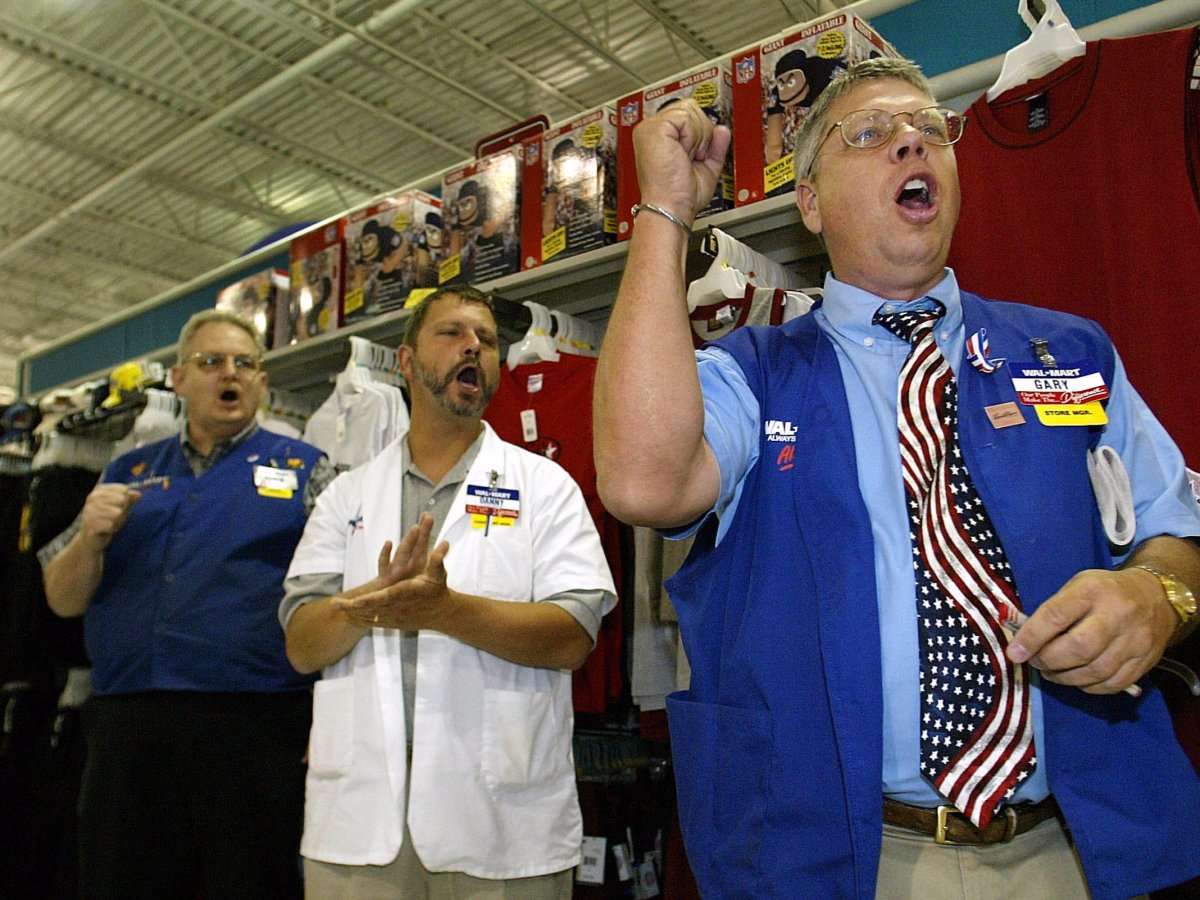
Met with both merriment and protest, Walmart came to Washington, D.C., at the end of 2013.
The store received more than 23,000 applications but hired just 600 associates, NBC Washington reported. That's a 2.6% acceptance rate.
While many Stanford graduates can expect a six-figure income, Walmart employees pocket an average of $11.83 an hour or nearly $25,000 annually, according to the company.

